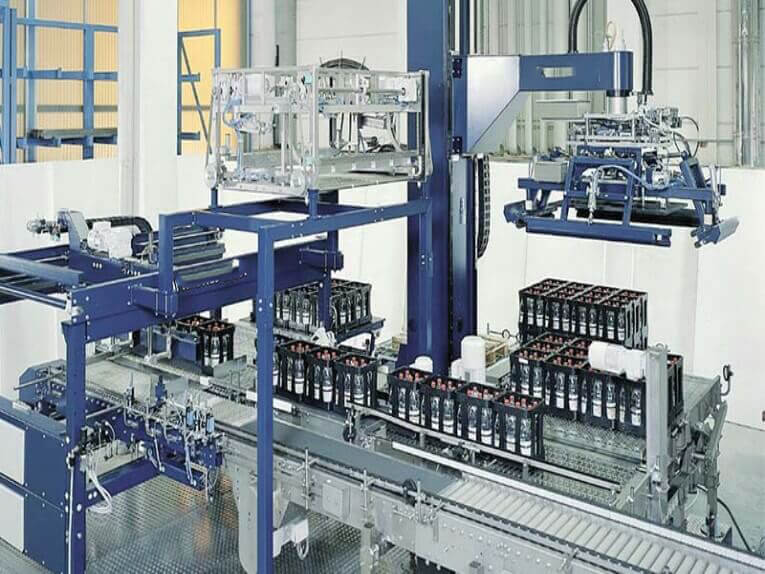The food processing and packaging industry is growing at a rapid pace. To meet the growing demands and required efficiency, manufacturers are using robotics to achieve tasks that would otherwise require dedicated manual labor.
Pick and place robots are one of the most commonly utilized automation machines in the food packaging workspace.
What is Pick and Place Robot?
Pick and place robots enable companies to use automated solutions for lifting objects from one location and placing them at other locations.
Simple tasks such as lifting objects or moving them do not require a lot of thought processes. Therefore, using human workers on these tasks can be wasteful, as the workforce can be used for other tasks that require higher mental abilities.
These repetitive tasks are handled by pick and place robots. These robots are often equipped with sensors and vision systems to lift objects from moving conveyor belt.
Who invented Pick and Place Robots?
The pick and place robots used for monotonous tasks in the food packaging industry nowadays are based on the Delta robots. Delta robots were designed in the early 1980s by a research team led by Professor Reymond Clavel at EPFL, Switzerland.
The mass-scale production of packaging pick and place robots started in 1987 when a Swiss company called Demaurex purchased the license to create these robots.
In 1999, FlexPicker delta robot was launched by ABB Flexible Automation, which became a major game-changer in the field.
The field of pick and place robots is still developing, with researchers optimizing these robots for picking even smaller items for computer processors, or for higher speed repetitive tasks and precision.
How do Pick and Place Robots Work?
There are multiple designs of pick and place robots, based on the specific application for which they are used. The basic principle of most of these designs is on similar lines.
These robots are typically mounted on a stable stand, and have a long arm that can reach their entire area of operation. The end of arm attachment is specialized to the type of objects the robot intends to move.
These robots can transfer items from a stationary surface to a stationary surface, stationary to a moving surface, moving to a stationary surface, and moving to a moving surface (such as between two conveyor belts).
How many axes do a traditional pick and place robot motion can occur?
Simple pick and place robots that lift items and place them at other locations have a 5-axis robotic arm. However, there are also 6-axis robotic arms in use that can twist the items to rotate their orientation.
What are the different parts of a pick and place robot?
A pick and place robot has several dedicated parts, such as:
Robot Arm tool: A robotic arm, also known as a manipulator, is the extension of the robot by using cylindrical or spherical parts. links, and joints.
End Effector: The end effector is the accessory at the end of the robotic arm, that does the required job such as gripping objects. The end effectors can be designed to perform different functionalities based on requirements.
Actuators: Actuators create the motion in the robotic arm and end effectors. The linear actuators are basically any type of motor, such as servo motor, stepper motor, or hydraulic cylinder.
Sensors: You can think of sensors as the eyes of the robots. The sensors do the tasks like identifying the position of the object.
Controllers: Controllers synchronize and control the movement of different actuators of a robot, thereby being the brain behind the smooth robotic operation.
Post time: Apr-17-2023








